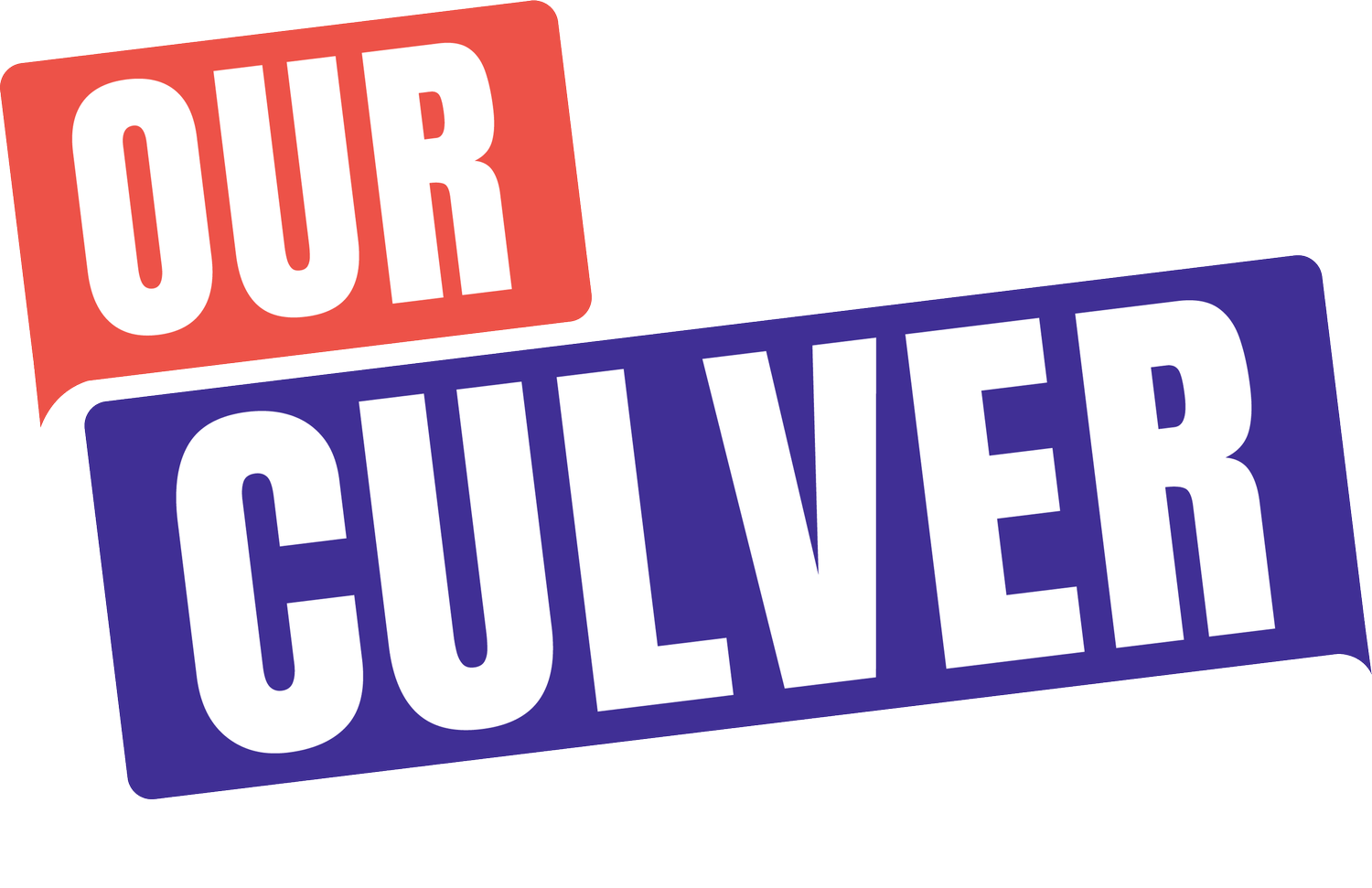Fix our broken sidewalks!
Sidewalks are our most basic and equitable mobility infrastructure. They are an essential piece of a comprehensive transportation network. The American Planning Association recently referred to accessible sidewalks as “the best infrastructure investment communities can make.”
In Culver City, everyone uses the sidewalks, or at least tries to. Many of our sidewalks are cracked and uneven from tree growth. Some are too narrow or obstructed by landscaping and utility equipment. And a few areas lack sidewalks altogether.
Cracked and Uneven
Obstructed and Narrow
Sidewalk Missing
As a result, getting around isn’t always easy, especially for the large portion of our community who are seniors and/or have mobility impairments. Narrow sidewalks can be impassable for both wheelchairs and strollers. Cracked and uneven sidewalks make people trip and suffer injuries, sometimes life-threatening.
And neglecting sidewalk maintenance can be costly for a city. In 2015 the City of Los Angeles settled a class action lawsuit for $1.4 billion over the city’s broken sidewalks.
So what can be done in Culver City? How can we fix our broken sidewalks?
Fix the Sidewalks slowly, Sale-by-Sale
The unsafe sidewalks we see in Culver City and Los Angeles are nowhere to be seen in a city like Pasadena. Unlike our city, Pasadena requires a property’s sidewalks to be repaired when the property is sold.
As UCLA professor Donald Shoup tells it: “People ought to pay for sidewalk repairs when it’s convenient for them and when they have the cash available. And that is at the time of sale.“
Pasadena, Oakland, and Piedmont have all passed “point of sale” ordinances that have successfully kept sidewalks safe and accessible over time. The details of these programs are outlined in Shoup’s research paper on the issue.
Although such an approach could turn the tide on our crumbling sidewalks, it would take too long to have a significant impact. Shoup estimated that under such an ordinance, in 12 years only half of the City of Los Angeles’s 4,600 miles of broken sidewalks would have been repaired.
So how can things change more quickly?
Fix the Sidewalks quickly, with Money
Maybe it goes without saying that the city could leverage public funds to systematically repair and maintain our network of sidewalks. Unfortunately, it also goes without doing because city funds always get spent on other things.
If we’re serious about getting things fixed quickly we need to make an organized call on our City Council to start with a study:
How much of our sidewalk network is in disrepair?
Where are the needs greatest?
How much would it cost to fix, and how long would it take?
Then, our Public Works department can start seeking funding sources to pay for the work. In time, the sidewalks will be fixed.
Maybe both of these approaches can be used in concert to get the sidewalks fixed more quickly and more equitably. But without the political will, our most basic mobility infrastructure will remain in disrepair.
Do Culver City sidewalks work for you? Let us know! Send us your stories at ourculver@gmail.com.













